Dr Eamonn Butler, the institute's director, said: "It's taken a long time for Scotland to honour somebody who was probably the most influential person that Scotland has ever produced. But now we are doing so with a particularly fine statue in a particularly appropriate spot.
"The statue is across the road from where he used to work, in line of sight with his great friend David Hume and looks down the Royal Mile to the Canongate, where he lived, and across to Fife, where he was born."
The statue was unveiled by modern day economist and Nobel Prize winner Professor Vernon Smith.
The American professor said it was a "tremendous honour" to be asked to unveil the statue, particularly on Independence Day.
He said many of the ideas of the Scottish Enlightenment, economic ideas, were transferred to the USA.
Smith's reputation as a great economist and philosopher was cemented through his work, An Inquiry into the Nature and Causes of the Wealth of Nations, which was first published in 1776. In it he championed the idea that people's natural self-interest and competition could produce wealth for the common good. His theories led to the modern market economy that now dominates the free world.
The monument, a 10ft bronze statue on a stone plinth, cost around £333,000 and was funded through subscriptions organised by the institute.
It was created by Scotland's leading monumental sculptor, Alexander Stoddart who spent a year modelling the work, which features a beehive and plough in reference to Smith's ideas about economics and events such as the industrial revolution.
